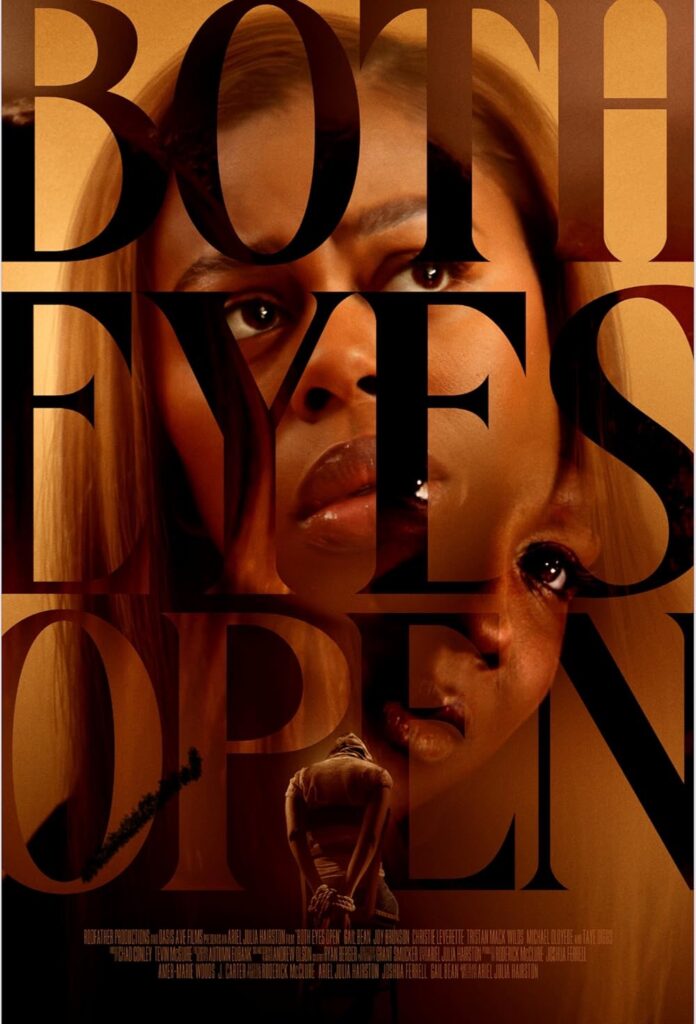image via Under Armour
I’m in love with dance and I always have been. Any form of dance really, from salsa to hip-hop. It’s a performing art I am obsessed with. I never dreamed to be a ballerina, but I fell in love with the way ballerinas moved their bodies. It is elegant, stylish, and graceful. Every plié, grande jete, assemblé, and penché appears effortless. The first ballet I ever went to was performed by the Alvin Ailey American Dance Theater in Downtown Los Angeles. It was beautifully performed by dancers in Pantone colors of black, browns, and tans. Their skin color was of no importance as I watched these men and women move across the stage. I was mesmerized–I just watched a whole damn dance company express their passion, creativity, and artistry to perfection.
But did you know there is a coded language for racism in ballet that discourages black and brown women from pursuing a career in ballet?
It is coded in the shape of our bodies. Yes, body image is a code for racism. At least, in the world of ballet.
Our breasts are too full and supple. Our hips are too curvy and wide. Our thighs are too thick, and strong. And our derriere is too fat and round.
We are told our bodies are too pronounced and muscular to even dream of becoming an American ballerina. From an early age, black and brown girls are body shamed into believing they cannot be something, if not anything solely based on body type. A body type that is unfortunately associated with skin color and race. This overarching stereotype about black and brown women’s bodies is all wrong. This pushes us to embrace sports that represent our body’s strength, such as basketball and track and field.
In a recent interview with SiriusXM Urban View, Misty Copeland, the first African-American female principal dancer of the American Ballet Theatre, shares her experience with racial inequality in ballet. Misty has made it her lifelong goal to fight racism in ballet and promote inclusivity to this millennium-old performing art.
On Racial Inequality in Ballet
At thirteen years old, Misty was told she was thin enough to be a ballerina. She was told she had the right body type – she had the proportion and the physicality. Misty Copeland was instantly recognized as a prodigy. Four years later after joining the American Ballet Theater, Misty was told she no longer has the body for ballet. Misty states, this is the language that is used in ballet to deter black and brown women from entering performing arts. Ballet is a visual art form. It is subjective and it is about aesthetics. It is a disguise used to avoid telling black and brown dancers, “you don’t have the right skin color for ballet.” At the age of 19, Misty was further told to get rid of her butt, your muscles, your breasts, and lose weight.
On Staying Focused On Her Craft
Misty was able to stay focused on her artistry by the support from the incredible black women and men that surrounded her. They helped her stay on track and realize her worth by constantly reminding her that, “it’s okay to be the first and only black ballerina.” This self-actualization did not come without pain. Misty believed the things she was told, and in turn, used to food to cope. She began to overeat, not only hurting herself but also engaging in self-loathing behavior. Misty was aware she was poisoning her body. Misty transitioned into a healthier lifestyle by knowing that she was not alone in her journey.
On The Story of Dance
Dance is what we do naturally. Misty says, “dance is the first thing we do when we come out of the womb – we scream and move our bodies. All people naturally move and dance; it’s a part of so many cultures. To exclude certain communities and cultures from doing ballet because they say we are not capable makes no sense to me.” In response to a video of a young boy dancing in a rural area of Africa, Misty says, “it doesn’t matter what you look like, it doesn’t matter where you come from, it doesn’t matter where you’re dancing. It’s possible, it is in him, and he is capable. It knocks down the stereotypes about Black people not being able to do ballet.”
On Keeping Her Art Alive
In response to how Misty expresses her art when it’s all about body and movement, Misty explains that she has multiple outlets outside of being a professional ballerina. Misty has written her autobiography, children’s books, and self-help books. This includes Bunheads, Firebird, Ballerina Body: Dancing and Eating Your Way to a Leaner, Stronger, and More Graceful You, and Life in Motion: An Unlikely Ballerina. Currently, Misty is documenting the history of Black ballerinas before it is slowly erased like most of black history.
We all know Misty Copeland to be the first African-American female principal dancer of a prestigious ballet company, but history reveals Nora Kimball was one of the first African-American soloist ballerinas with the American Ballet Theatre in the 1980s.
Camille is a lover of all things skin, curls, music, justice, and wanderlust; oceans and islands are her thing. Her words inspire and her power is her voice. A California native with Trinidadian roots, she has penned personal essays and lifestyle pieces for Medium and xoNecole. Camille is currently creating a life she loves through words, self-love, fitness, travel, and empowerment.
Follow her on social media as @written_by_cam.
Follow Us On Social Media!




